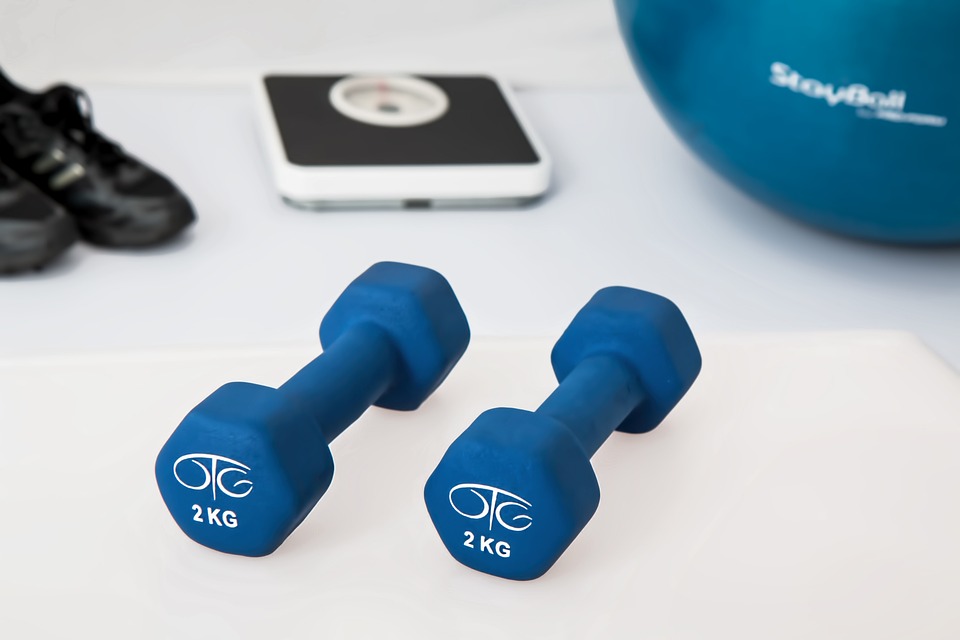Understanding Exercise-Induced Anaphylaxis: Causes, Symptoms, and Treatment
Have you ever experienced hives, difficulty breathing, and severe itching during or after exercise? If so, you may be suffering from exercise-induced anaphylaxis. This rare condition affects only a small percentage of people who exercise, but it can be life-threatening if left untreated. In this article, we’ll explore the causes, symptoms, and treatment options for exercise-induced anaphylaxis.
What is Exercise-Induced Anaphylaxis?
Exercise-induced anaphylaxis (EIA) is a rare form of anaphylaxis that occurs during or after exercise. Anaphylaxis is a severe allergic reaction that can cause swelling, hives, difficulty breathing, and other symptoms. EIA can occur in people with or without a history of allergies.
Causes of Exercise-Induced Anaphylaxis
The exact cause of EIA is still not fully understood. However, it is believed to be triggered by a combination of factors, including food, environmental factors, and exercise. Common triggers for EIA include:
– Certain foods: Foods that are high in histamines, such as shellfish, nuts, and dairy products, can trigger EIA in some people.
– Environmental factors: Cold weather, hot weather, and high humidity can trigger EIA in some people.
– Exercise: EIA is most commonly triggered by aerobic exercise, such as running, swimming, and cycling.
Symptoms of Exercise-Induced Anaphylaxis
The symptoms of EIA can vary from person to person. Some people may experience mild symptoms, while others may experience severe symptoms that can be life-threatening. The most common symptoms of EIA include:
– Hives or rash
– Swelling of the face, lips, tongue, or throat
– Difficulty breathing or wheezing
– Abdominal cramps or diarrhea
– Dizziness or fainting
– Rapid heartbeat or palpitations
If you experience any of these symptoms during or after exercise, it is important to seek medical attention immediately.
Treatment for Exercise-Induced Anaphylaxis
The treatment for EIA depends on the severity of the symptoms. Mild symptoms may be treated with antihistamines or corticosteroids. Severe symptoms may require emergency treatment with epinephrine (adrenaline).
If you are diagnosed with EIA, you should avoid your known triggers and carry an epinephrine auto-injector with you at all times. You should also wear a medical alert bracelet to alert others of your condition in case of an emergency.
In Conclusion
Exercise-induced anaphylaxis is a rare but serious condition that can be life-threatening if left untreated. If you experience any symptoms of EIA during or after exercise, seek medical attention immediately. Understanding the causes, symptoms, and treatment options for EIA is essential for managing this condition and living a healthy, active lifestyle.




